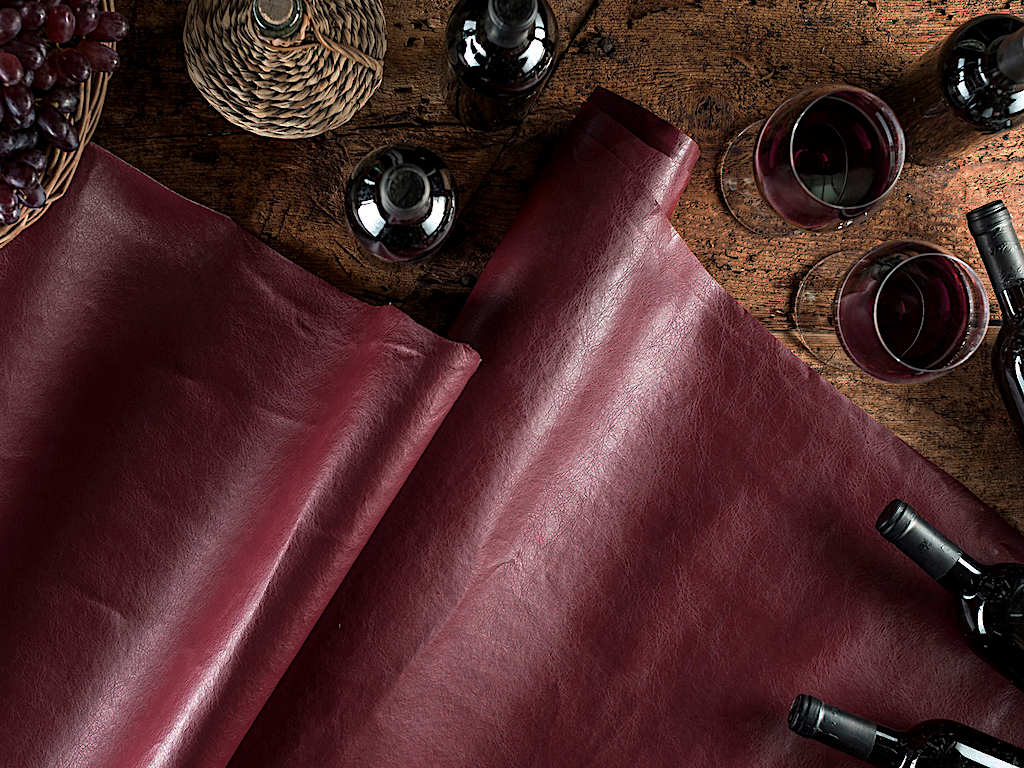4 Mins Read
As consumers become increasingly conscious of their fashion choices, the industry is scrambling to switch to more animal-free and vegan leather to retain their share in the quickly shifting market.
According to a recent report, the global vegan leather sector will balloon to US$89 billion by 2025, with the majority of the growth led by Asia-Pacific. But it isn’t just animal welfare that brands have to consider – consumers are now demanding sustainable alternatives too, which means that decades of using petroleum-based plastic superficial leathers are now out of fashion, while emerging new plant-based leathers are in.
Let’s take a look at what’s now out there in the market.

Piñatex (aka pineapple leather)
Piñatex is one of the first natural vegan leather brands that emerged as an alternative to PU and PVC, which are plastic and petroleum-based alternatives widely used in animal-free products for the past years, but are harmful to the environment. Created by Dr. Carmen Hijosa, Piñatex has a leather-like quality thanks to cellulose fibres extracted from pineapple leaves. But while far more eco-friendly than PU and PVC leathers in terms of requiring fewer carbon emissions to produce, it is still mixed with polylactic acid and a petroleum-based resin, which makes the end-product non-biodegradable.

Mango leather
Dutch startup Fruitleather Rotterdam has created mango leather, which is a durable vegan material made using leftover mangoes sourced from fruit markets. The fabric is created by mashing and boiling mangoes, a process that eliminates any bacteria, and then mixing it with various natural additives before spreading the mashed paste into sheets to dry. However, while the material itself claims to be 100% synthetic-free and helps to reduce food waste, it is pressed into a polyester-based textile backing, which is derived from petroleum-based plastic. Mango leather has recently been used in London-based sustainable label Luxtra’s new collection of vegan leather handbags.

Mushroom leather
Mushroom leather is one of the best-known vegan leather materials now out there rivalling pineapple leather. The appearance resembles cowhide, but requires absolutely no animals – it is made from the tops of Phellinus ellipsoideus mushrooms, which are naturally tanned to give its leather-like look. It is biodegradable and generates a fraction of the environmental footprint compared to conventional cow’s leather. Check out Bolt Threads, Myco Works, and Ecovative, all leaders in the space.

Apple leather
Turns out, apple skin pulp can also do the job of recreating leather. Fashion brand Samara, for instance, have worked with a small factory in Europe to create vegan leather using the byproduct of the juice industry – apple skins. Apple skin pulp is then mixed with microfibres or PU when necessary, which is plastic-based but is used in far smaller quantities compared to full PU leather alternatives. Another company, Italy-based Frumat Leather, has also used apple skin to replace leather.

Vegea (aka grape skin leather)
Italian biomaterial startup Vegea has created a natural raw material mimicking leather out of the skins, seeds and rasps of grapes that are used in wine production. Transforming “wine waste” into an eco-friendly soft leather-like material, Vegea’s invention has won them multiple high-profile partnerships, including with fast fashion giant H&M to make handbags and shoes and luxury car maker Bentley to line the interior of its 100th anniversary car.

Desserto Leather (aka cactus leather)
Mexican entrepreneurs Adrian Lopez and Marte Cazarez have developed a vegan leather alternative made from a species of cacti called prickly pears, which require very little water to grow, and can easily survive in different climate zones. Called Desserto Leather, the cactus-based organic material, which is naturally tanned, possesses all the features and functionalities of animal leather at a fraction of the environmental cost. The innovation has won Lopez and Cazarez the VII International Green Product Award in Munich, Germany.




